
Copernical Team
From Rome to Cannes
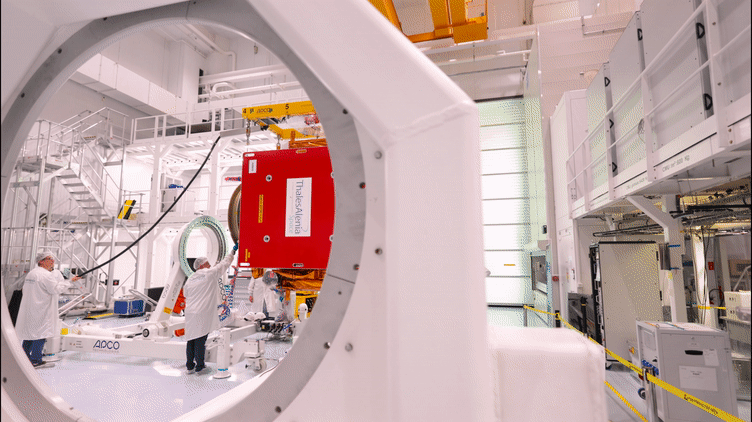
The Copernicus Sentinel-1C satellite is currently in Cannes undergoing a series of demanding tests in preparation for launch in 2023. The third member of the Sentinel-1 radar family, part of Europe’s Copernicus programme, will continue the critical task of delivering key radar imagery of Earth’s surface for a wide range of services and scientific applications.
Balancing risk and reward in planetary exploration
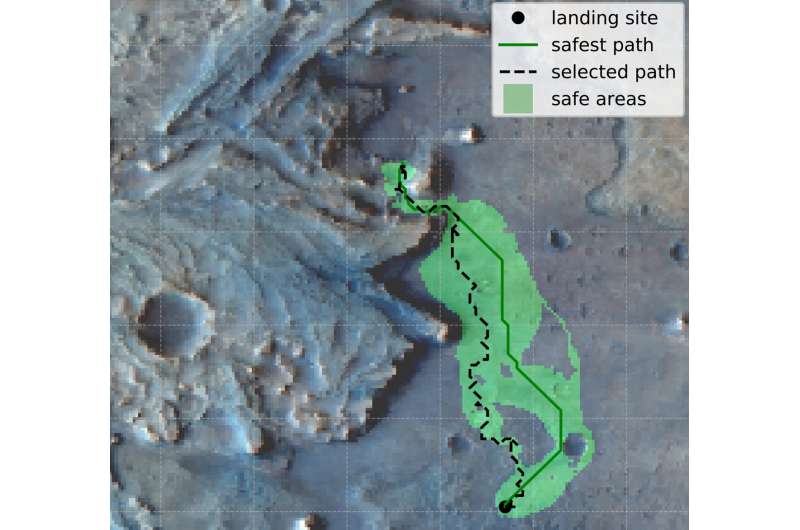
NASA's Mars rovers strive for groundbreaking scientific discoveries as they traverse the Martian landscape. At the same time, the crews operating the rovers do all they can to protect them and the billions of dollars behind the mission. This balance between risk and reward drives the decisions surrounding where the rovers go, the paths they take to get there and the science they uncover.
Researchers in the School of Computer Science's Robotics Institute (RI) have developed a new approach to balancing the risks and scientific value of sending planetary rovers into dangerous situations.
NASA announces 16 people who will study UFOs to see what's natural—and what isn't
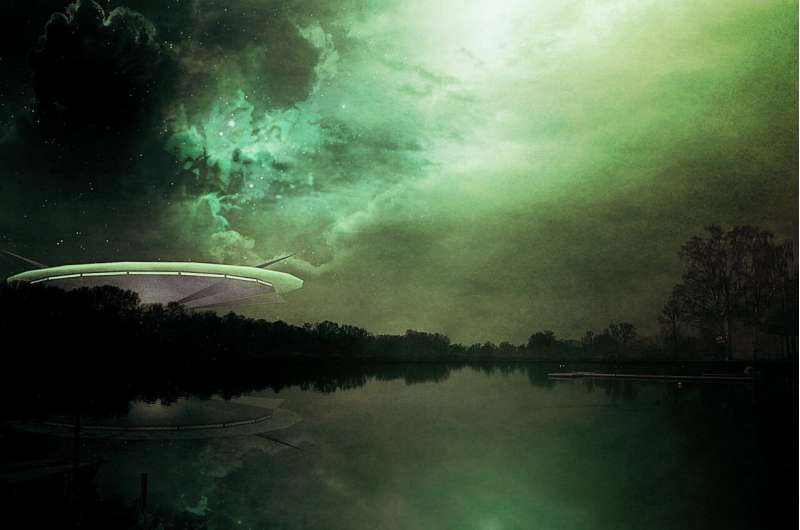
What is behind all these UFO sightings? We may find out.
NASA announced the 16 people who will spend the next nine months studying unidentified aerial phenomena, also known as UFOs.
Using unclassified data, the team will "lay the groundwork for future study" of UFOs by examining how the data is gathered by the public, local government and other sources. The goal is to have a roadmap for NASA's data analysis on the flying objects, and determine what events are natural or not.
"Exploring the unknown in space and the atmosphere is at the heart of who we are at NASA," Thomas Zurbuchen, associate administrator of the Science Mission Directorate at NASA, said in a statement. "Understanding the data we have surrounding unidentified aerial phenomena is critical to helping us draw scientific conclusions about what is happening in our skies. Data is the language of scientists and makes the unexplainable, explainable."
The announcement of the study participants comes amid a renewed interest in UFOs. In June 2021, the office of the U.S. Director of National Intelligence released a highly anticipated report examining unidentified aerial phenomena, but no "firm conclusions" could be drawn on more than 140 instances.
Analysis of gases recovered from asteroid Ryugu by Hayabusa2 spacecraft
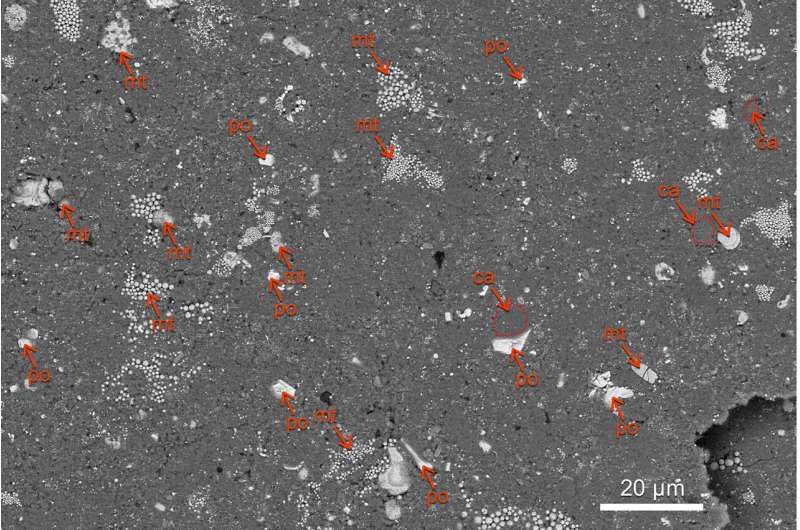
Ariane 5: payload and geography open super-efficient path to GEO
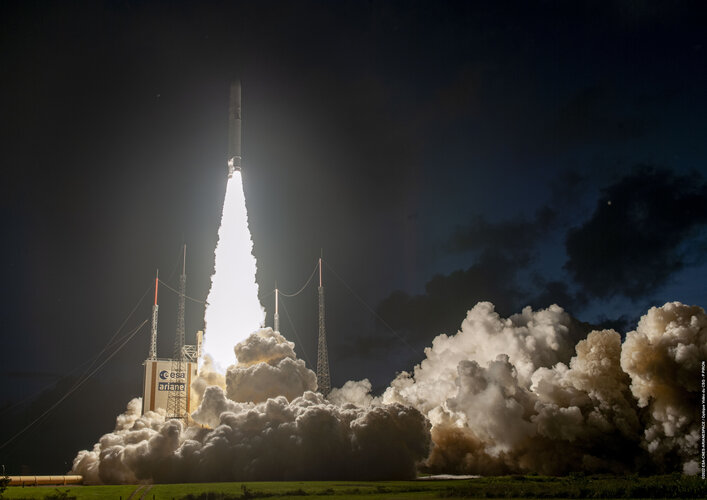
Ariane 5’s 7 September 2022 launch made headlines for orbiting Europe’s tallest-ever telecommunications satellite, but the VA258 mission also stands out for its trajectory – one of the most extreme examples yet flown of a super-efficient path to geostationary (GEO) orbit.
Boosting Earth science
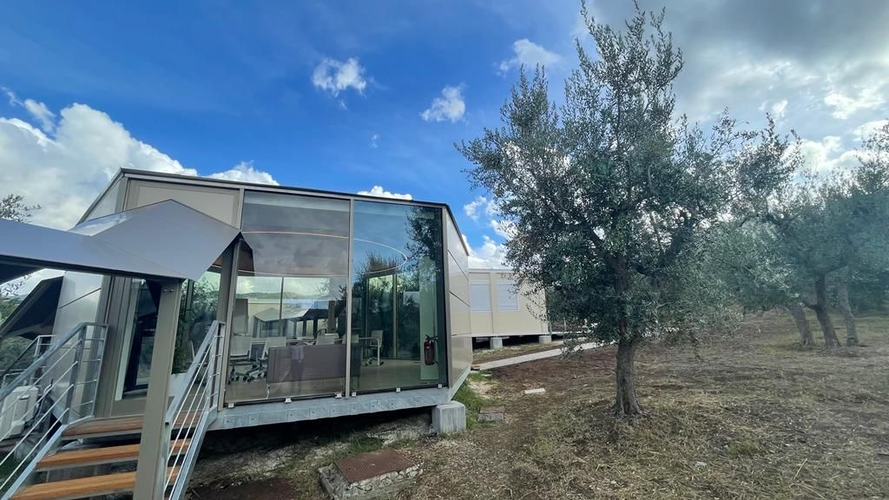
With science at the core of the Earth Observation FutureEO programme, ESA has opened a new scientific facility, the Science Hub, which offers new opportunities for collaborative research to further boost the Agency’s and its Member States scientific output.
The scary sound of Earth’s magnetic field

Despite being essential to life on Earth, the magnetic field isn’t something we can actually see in itself, or ever hear. But, remarkably, scientists at the Technical University of Denmark have taken magnetic signals measured by ESA’s Swarm satellite mission and converted them into sound – and for something that protects us, the result is pretty scary.
Northrop Grumman Australia integrates end-to-end control segment into Parallax Labs
 Northrop Grumman Australia has recently integrated a Dynamic Satellite Simulator and Spacecraft Command and Control (C2) system into its state-of-the-art systems integration, advanced mission visualization and demonstration facility, Parallax Labs.
This complex integration demonstrates the high level of technical readiness of Northrop Grumman Australia's end-to-end control system in prepar
Northrop Grumman Australia has recently integrated a Dynamic Satellite Simulator and Spacecraft Command and Control (C2) system into its state-of-the-art systems integration, advanced mission visualization and demonstration facility, Parallax Labs.
This complex integration demonstrates the high level of technical readiness of Northrop Grumman Australia's end-to-end control system in prepar Rivada Space Networks signs MoU with SpeQtral to develop ultra-secure communications
 Rivada Space Networks GmbH, a global network company launching a constellation of 600 low-earth-orbit satellites (LEO) to enable secure, global connectivity for governments and enterprises, has announced it has signed a partnership agreement with SpeQtral, an emerging leader in quantum-secure communications systems.
Our world is increasingly data-driven, cloud-based and cybersecurity consc
Rivada Space Networks GmbH, a global network company launching a constellation of 600 low-earth-orbit satellites (LEO) to enable secure, global connectivity for governments and enterprises, has announced it has signed a partnership agreement with SpeQtral, an emerging leader in quantum-secure communications systems.
Our world is increasingly data-driven, cloud-based and cybersecurity consc Space Micro awarded Orbital Prime Contract by US Space Force
 Space Micro Inc, powered by Voyager Space, has been awarded an Orbital Prime contract by the U.S. Space Force (USSF) as part of the first phase of the Small Business Technology Transfer (STTR) program. Space Micro proposed the development of Control Moment Gyro Barnacle (Barnacle), a robotic spacecraft that would replace or restore Attitude Determination and Control Systems (ADCS) capabilities a
Space Micro Inc, powered by Voyager Space, has been awarded an Orbital Prime contract by the U.S. Space Force (USSF) as part of the first phase of the Small Business Technology Transfer (STTR) program. Space Micro proposed the development of Control Moment Gyro Barnacle (Barnacle), a robotic spacecraft that would replace or restore Attitude Determination and Control Systems (ADCS) capabilities a 